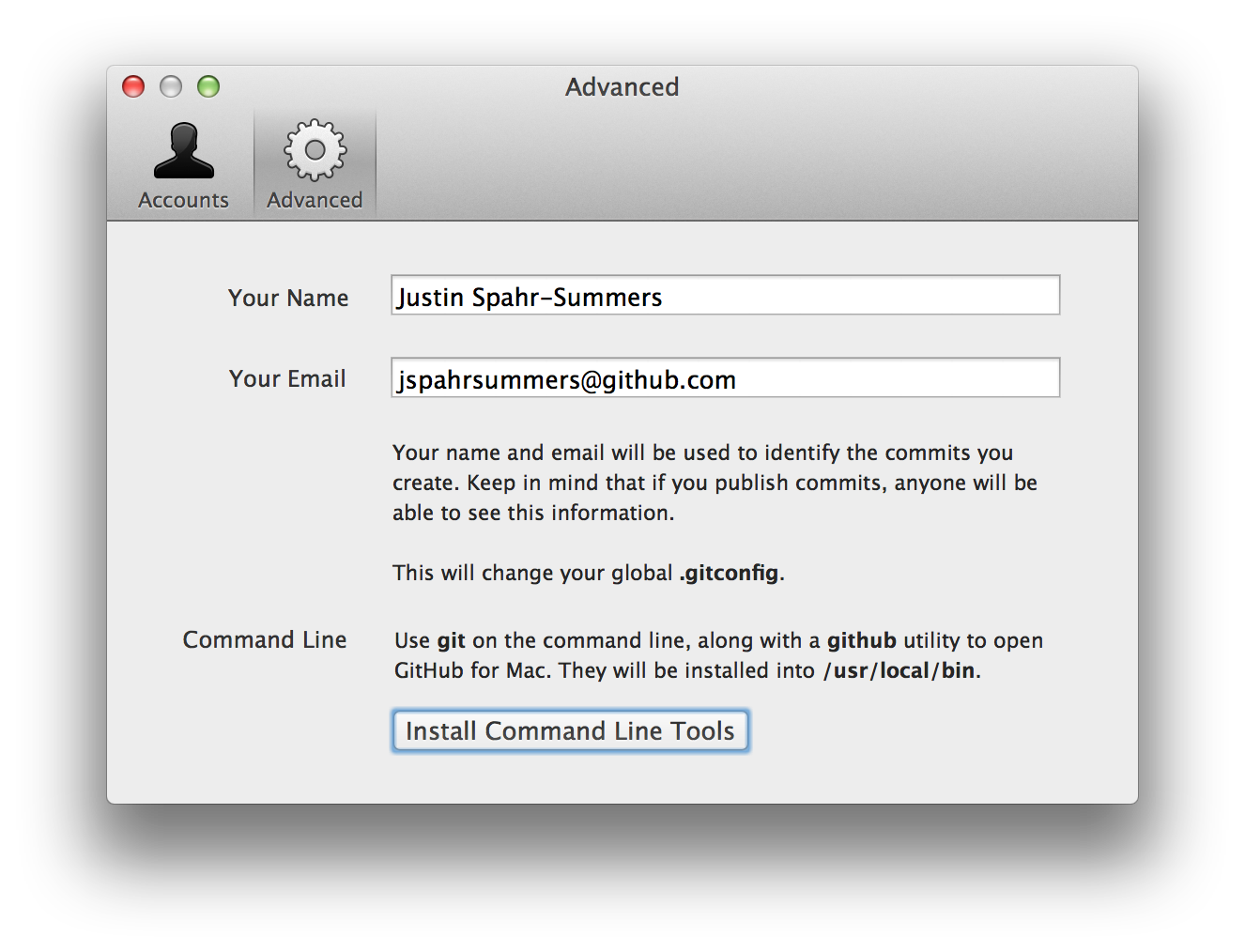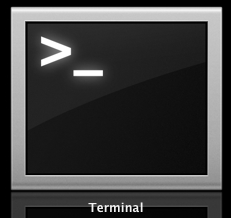BTW, I still do not know how to install the command line tool from CommandLineToolsmacOS10.14forXcode10Beta.dmg – Raniys Jun 19 '18 at. Download the Command Line Tools package from the Developer website. The Command Line Tools package is available for download on the Download for Apple Developers page. Log in with your Apple ID, then search and download the Command Line Tools package appropriate for your machine such as macOS 10.12 as shown in Figure 1.
The Android SDK is composed of multiple packages that are required for app development.This page lists the most important command line tools that areavailable, organized by the packages in which they're delivered.
Usb boot for mac os. It seamlessly switch-Wifi instead to run the troubleshooter which can easily find the Wireless adapter. Better line Command-interface, this option is consist of Mac OS that Unix tools. In Windows, we don’t have such functions, yeah we are saying that Windows is easily more than Mac. Therefore, you reset the Adapters everything then (Dock and Undock again). For Example, Undocking a Windows-based on Laptops cause.
You can install and update each package usingAndroid Studio's SDK Manageror the sdkmanagercommand line tool.All of the packages are downloaded into your Android SDK directory, whichyou can locate as follows:
- In Android Studio, click File > Project Structure.
- Select SDK Location in the left pane. The path is shown under Android SDK location.
Android SDK Tools
Located in: android_sdk/cmdline-tools/version/bin/
See also: SDK Tools release notes

If you just need these tools because you're not using Android Studio, you candownload the SDK Tools here.
apkanalyzer- Provides insight into the composition of your APK after the build process completes.
avdmanager- Allows you to create and manage Android Virtual Devices (AVDs) from the command line.
lint- A code scanning tool that can help you to identify and correct problems with the structural quality of your code.
sdkmanager- Allows you to view, install, update, and uninstall packages for the Android SDK.
Android SDK Build Tools
Located in: android_sdk/build-tools/version/
See also: SDK Build Tools release notes
This package is required to build Android apps. Most of the tools in here areinvoked by the build tools and not intended for you. However, the followingcommand line tools might be useful:
aapt2- Parses, indexes, and compiles Android resources into a binary format that is optimized for the Android platform, and packages the compiled resources into a single output.
apksigner- Signs APKs and checks whether APK signatures will be verified successfully on all platform versions that a given APK supports.
zipalign- Optimizes APK files by ensuring that all uncompressed data starts with a particular alignment relative to the start of the file.

Note: You can have multiple versions of the build toolsto build your app for different Android versions.
Android SDK Platform Tools
Located in: android_sdk/platform-tools/
See also: SDK Platform Tools release notes
These tools are updated for every new version of the Android platform to support new features(and sometimes more often to fix or improve the tools), and each updateis backward compatible with older platform versions.
In addition to downloading from the SDK Manager, you candownload the SDK Platform Tools here.
adb- Android Debug Bridge (adb) is a versatile tool that lets you manage the state of an emulator instance or Android-powered device. You can also use it to install an APK on a device.
etc1tool- A command line utility that lets you encode PNG images to the ETC1 compression standard and decode ETC1 compressed images back to PNG.
fastboot- Flashes a device with platform and other system images. For flashing instructions, see Factory Images for Nexus and Pixel Devices.
logcat- This is a tool invoked via adb to view app and system logs.
Android Emulator
Located in: android_sdk/emulator/
See also: Android Emulator release notes
This package is required to use the Android Emulator. It includes the following:.
emulator- A QEMU-based device-emulation tool that you can use to debug and test your applications in an actual Android run-time environment.
mksdcard- Helps you create a disk image that you can use with the emulator, to simulate the presence of an external storage card (such as an SD card).
Note: Prior to revision 25.3.0, the emulator tools were included with theSDK Tools package.
Jetifier
Command Line Tools For Macos 10.15
Jetifier reads a library that usesSupport Library classes, and outputs an equivalent library that uses the newerAndroidX classes.
Mac users with macOS Mojave and macOS Catalina, and new operating systems in place can now install Command Line Tools from the Xcode IDE without needing to install the entire Xcode package, or opening an Apple developers account.
In this article, we cover how you can install this optional and highly useful Command Line Tools package.
X code 11. Credit: developerinsider
What is the Xcode Command Line Tools package?
For Mac power users — we wouldn't recommend downloading this unless you are comfortable with Terminal — the Xcode Command Line Tools package gives you a complete Unix toolkit accessible through Terminal. No developer account needed and you don't need to download the entire — and quite large Xcode package of executables.
Within the Xcode Command Line toolkit, Mac users gain access to numerous useful tools, utilities, and compilers, including make, GCC, clang, perl, svn, git, size, strip, strings, libtool, cpp, and many others. All of these commands are a default part of Linux systems and programs.

We recommend following these steps for those with the following operating systems running on a Mac: macOS 10.13 High Sierra, macOS 10.14 Mojave, and macOS 10.15 Catalia onward. It isn't always possible to download these Xcode Command Line Tools, following these steps, on Mac’s running older operating systems. Other ways to install command tools and gcc (without needing Xcode) is available through the Apple Developer website.
Here is how you install Xcode Command Line Tools.
How to install Xcode Command Line Tools?
- Go to Terminal in /Applications/Utilities/.
- Input the following command string in Terminal:
xcode-select —install - In the same way when you are downloading new software and apps, a popup update window will appear asking you: “The xcode-select command requires the command line developer tools. Would you like to install the tools now?”
- Select confirm by clicking Install.
- Wait for the Xcode Command Line Tools package to install. It is around 130 MB and usually installs fairly quickly; although it depends on your connection.
- Once everything is installed, the installer goes away and you should be able to any of the new commands that you’ve now got access to. Enjoy using your new Unix command line tools!
With this new download, you should have access to 61 Unix command line tools. For example, one of the advantages of having these tools is you can install new apps and software directly from the source code instead of needing to go through the package manager and usual download route.
To access or view everything you've now got, go to the following directory:
/Library/Developer/CommandLineTools/
Please note, this is the root /Library of your macOS/OS X, not the ~/Library directory.

Macos Command Line Tools Without Xcode
All of these tools can also be found in: /Library/Developer/CommandLineTools/usr/bin/
What happens if I encounter problems downloading these?
If you get an error message that says “Can’t install the software because it is not currently available from the Software Update server”, it means you've already got the Xcode package on your Mac. Mac OS X 10.9 onward, Xcode was already installed, which is why you aren't able to download these tools. However, what you can do is uninstall the entire Xcode app if you'd prefer to only access these tools and not a whole load of software that isn’t going to be of much use.
Watch out for Xcode junk
The Xcode junk is one of those types of clutter that is keeps accumulating in remote places on your Mac. It could take up a few gigs of your space. The only app that seems to address this problem is CleanMyMac X by MacPaw. It’s loved by many Mac developers because it collects those specific types of development junk, like Xcode or outdated libraries.
Once you launch the app, click on System Junk > Scan. Then, click “Review Details”
CleanMyMac X is a powerful Mac performance improvement app. It makes your Mac as good as new. Let it scan your system and clear out any unwanted Xcode, development and system junk that is taking up too much space and cluttering up your Mac. In a few clicks, your Mac could be running smoother, quicker and more efficiently.
